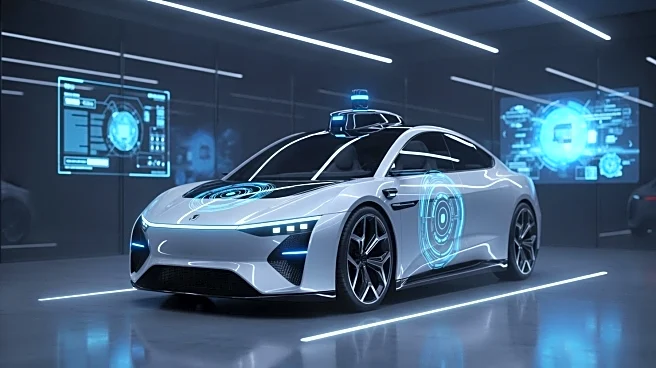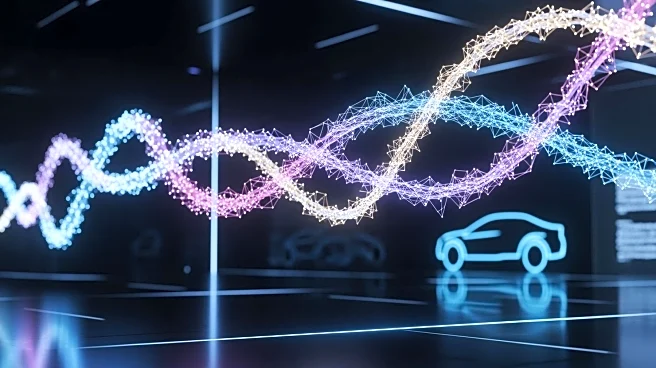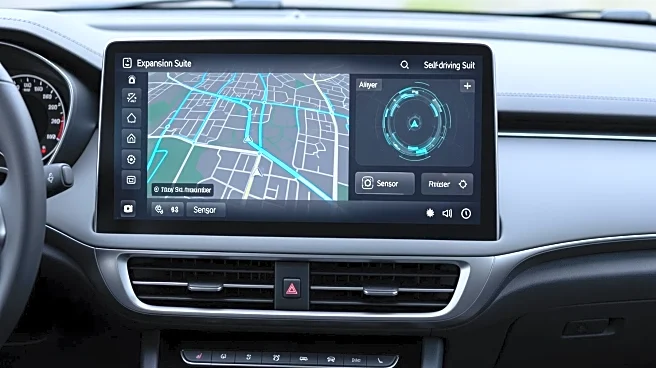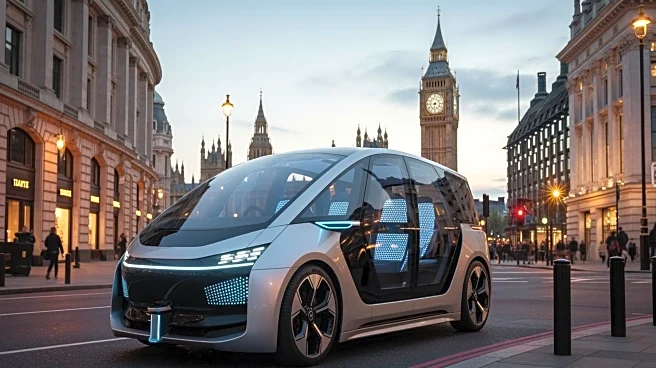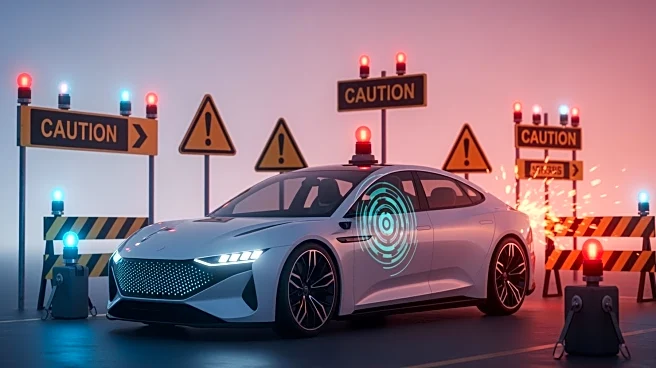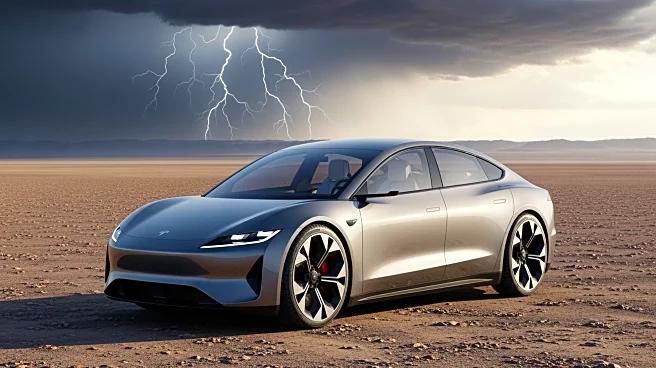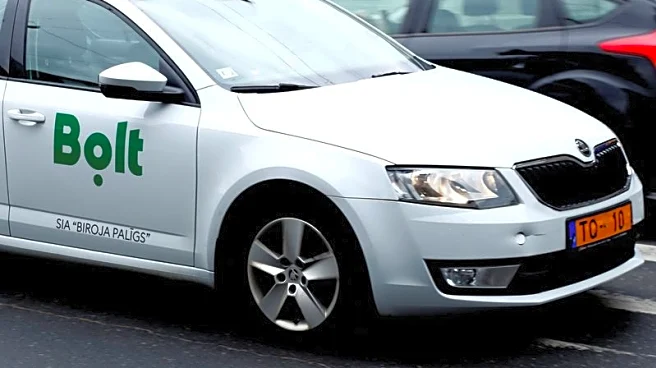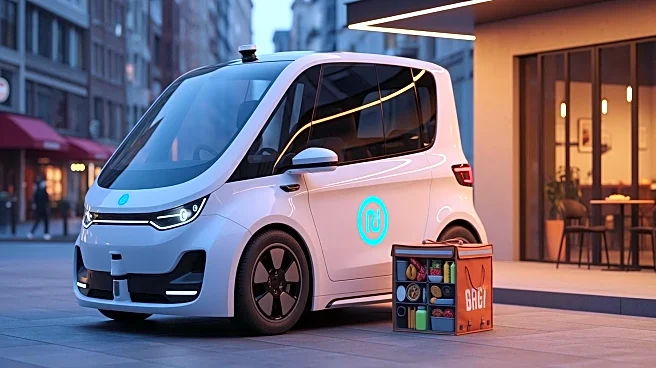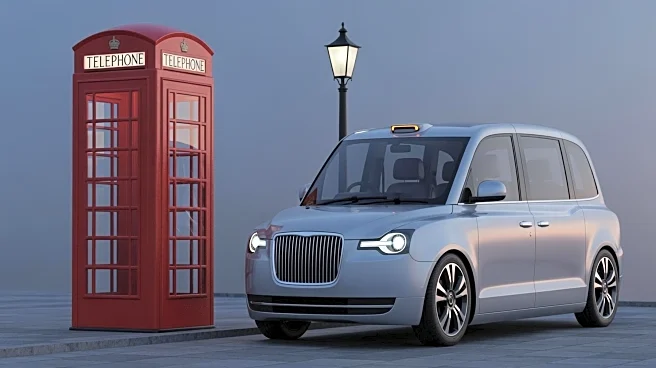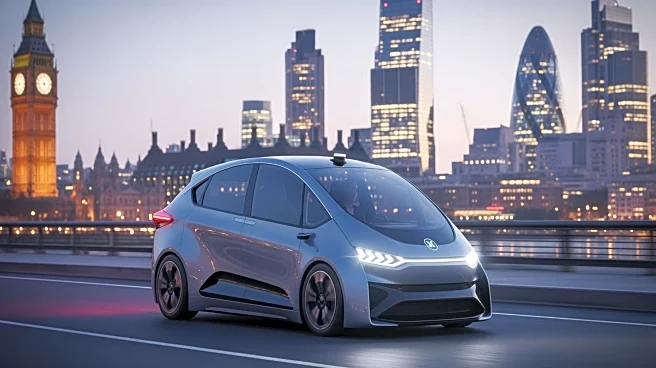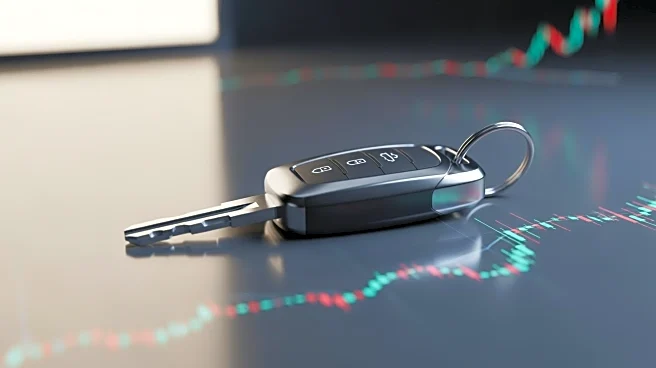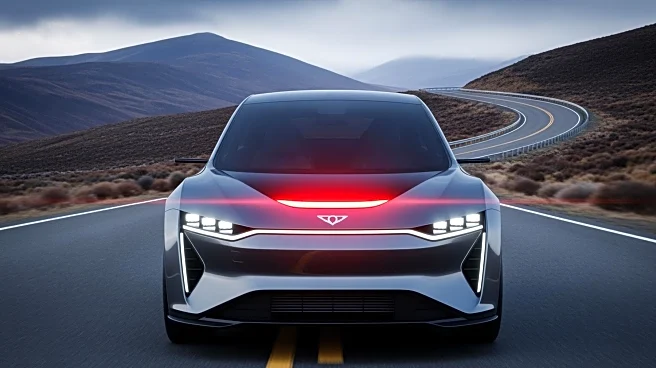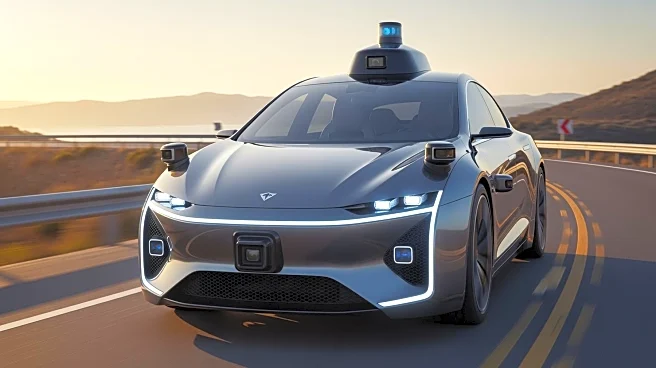What's Happening?
The U.S. National Highway Traffic Safety Administration (NHTSA) has launched a new investigation into Tesla's 'Full Self-Driving' (FSD) system, affecting 2.88 million vehicles. The investigation follows reports of the system violating traffic laws and
causing accidents, including incidents of Teslas running red lights and drifting into wrong lanes. This is not Tesla's first encounter with regulatory scrutiny, as the company is already facing multiple investigations related to its Autopilot and FSD systems. A recent high-profile case resulted in a $329 million jury award against Tesla after an Autopilot-related crash. The NHTSA's investigation could lead to a recall if the FSD system is deemed a safety risk.
Why It's Important?
The investigation into Tesla's FSD system underscores the ongoing challenges and regulatory scrutiny faced by companies developing autonomous driving technologies. The outcome of this investigation could have significant implications for Tesla's reputation and the broader acceptance of self-driving technology. Safety concerns and regulatory actions may impact consumer trust and the pace of adoption of autonomous vehicles. Additionally, the investigation highlights the need for clear regulations and standards to ensure the safe deployment of self-driving technologies.
What's Next?
As the NHTSA's investigation progresses, Tesla may need to address potential safety issues with its FSD system. The company could face recalls or be required to implement software updates to enhance safety. The investigation's findings may also influence future regulatory frameworks for autonomous vehicles. Stakeholders, including consumers, regulators, and industry players, will be closely monitoring the situation to assess the implications for the future of self-driving technology.
Beyond the Headlines
The investigation raises broader questions about the ethical and legal responsibilities of companies developing autonomous technologies. The use of terms like 'Full Self-Driving' has been criticized as misleading, prompting discussions about transparency and consumer protection. The case also highlights the balance between innovation and safety in the rapidly evolving field of autonomous vehicles.
